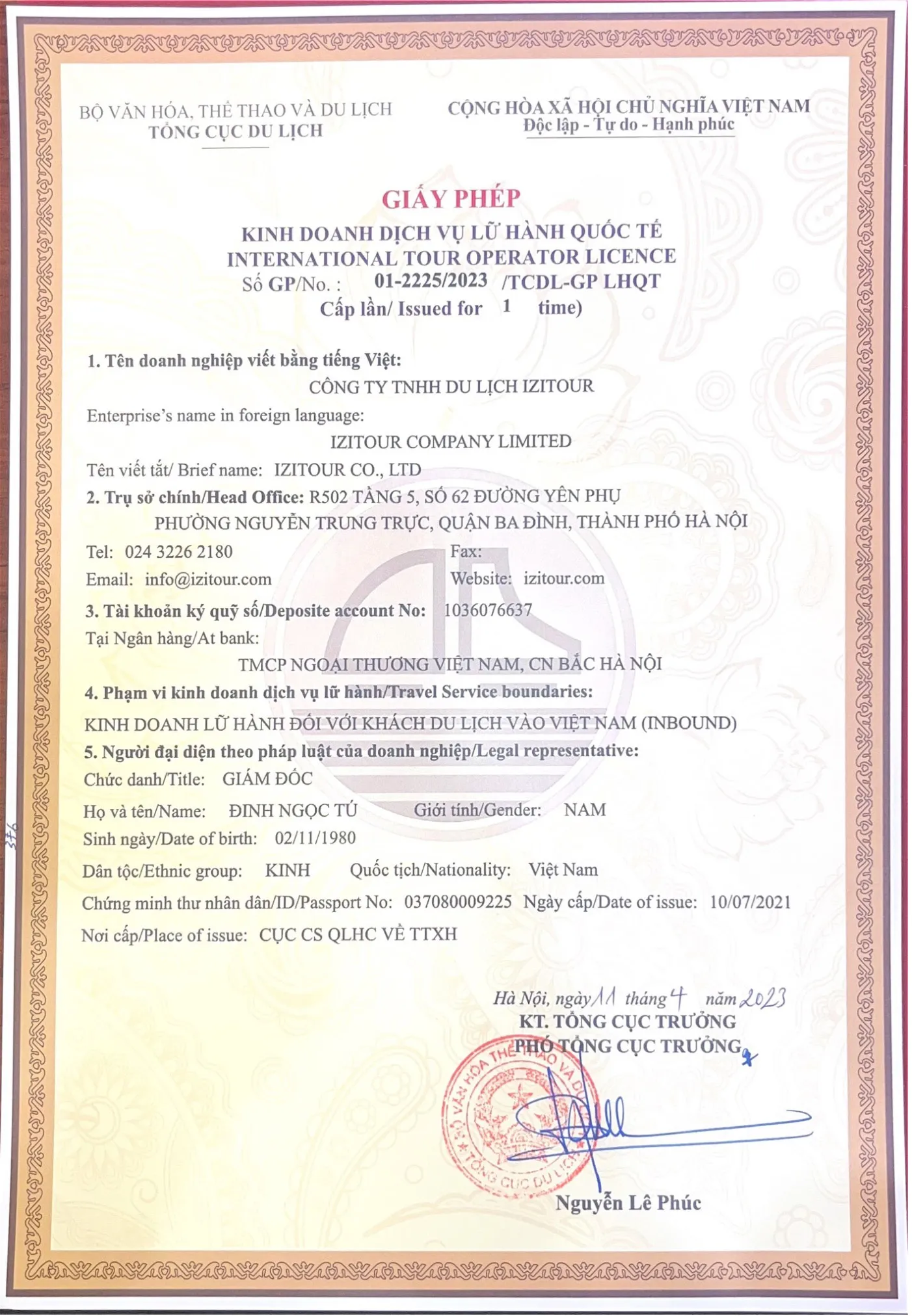Planning a Vietnam trip from Canada? You’ve made a great choice — but there’s a lot to figure out before you go.
From visa rules to weather patterns, flight options to where you should actually go once you land, planning a smooth trip takes more than just Googling “things to do in Vietnam.” And if it’s your first time heading to Southeast Asia, it’s easy to feel overwhelmed. This guide breaks down everything you need to know to plan your Vietnam holiday with confidence. You’ll learn the best time to go, whether you need a visa, how to get there, where to visit, and how much to budget — plus some travel tips specifically for Canadians. Let’s get you from research mode to ready-to-book.
- 1. Best time to visit Vietnam from Canada
- 2. Do Canadians need a visa for Vietnam?
- 3. How to get to Vietnam from Canada
- 4. Top places to visit in Vietnam for first-timers
- 5. Vietnam itinerary for Canadian travellers
- 6. How much does a Vietnam trip cost?
- 7. Essential travel tips for Canadians visiting Vietnam
1. Best time to visit Vietnam from Canada
The best time for a first-time trip covering multiple regions is March to April or October to November. These months give you the most consistent weather across the country — not too hot, not too rainy.
Vietnam’s weather varies a lot by region, so timing your visit depends on where you’re heading. In Northern Vietnam — including Hanoi, Halong Bay, and Sapa — the best months are March to May and September to November. During these periods, you can expect clear skies and mild temperatures ranging from 18°C to 28°C, ideal for hiking or enjoying a Halong Bay cruise.
Central Vietnam, covering cities like Hoi An, Da Nang, and Hue, is at its best from February to May, with warm, dry days and temperatures around 24°C to 30°C. It’s best to avoid visiting from November to December, when the region often sees heavy rainfall.
In Southern Vietnam, including Ho Chi Minh City, Phu Quoc Island and the Mekong Delta, the dry season runs from November to April, offering hot, sunny weather between 25°C and 35°C. While May to September brings rain, the showers are typically short and unlikely to disrupt your plans too much.
If you’re planning to escape the Canadian cold, December to March is one of the best times to travel to Vietnam. It's the dry season in most parts of the country, and it lines up nicely with school holidays and time off.
2. Do Canadians need a visa for Vietnam?
Canadian passport holders do need a visa to enter Vietnam. But the good news is, it’s a fairly simple process, and you’ve got a couple of options depending on how long you’re staying.
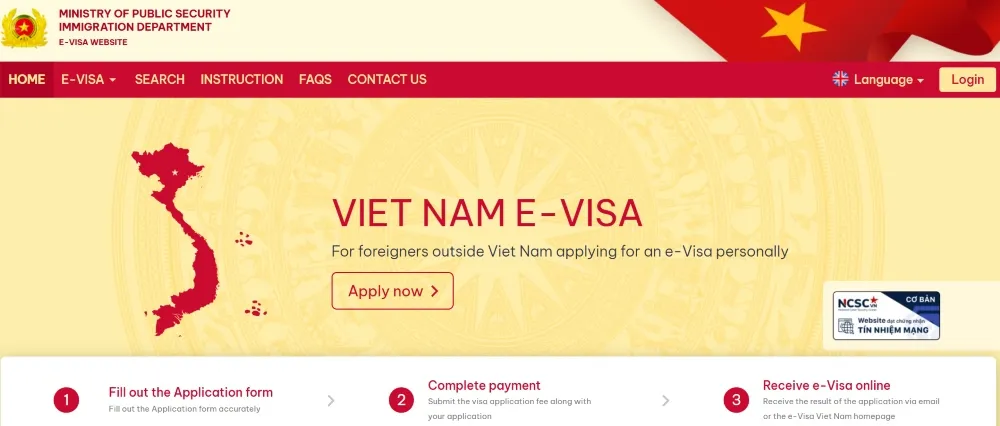
E-visa
If you're planning to stay up to 90 days, the easiest option is to apply for an e-visa online through the official Vietnamese government website. It usually takes 3–5 working days to process, and you can enter the country through most international airports and land borders.
As of recent updates, the e-visa is:
- Valid for up to 90 days
- Single or multiple entry
- Costs around US$25 for single entry visa and US$50 for multiple entry visa
If you're planning a more complex itinerary — like entering Vietnam, leaving for another country, then coming back — make sure to choose the multiple-entry option on your e-visa. It gives you flexibility without the need to reapply. Once approved, you’ll receive your e-visa via email as a PDF. Print a copy and carry it with you when entering Vietnam — border officials will ask for it.
See more: Vietnam E-visa Official Guide 2026 - Cost, Time, Procedure
Visa on Arrival (VOA)
Visa on arrival is available, however now it’s no longer recommended for most travellers. It’s mainly for those who haven’t arranged a visa in advance. To use VOA, you must apply for a visa approval letter from a travel agency before flying, bring that letter plus passport photos and get the visa stamp upon arrival at the airport.
Visa from a Vietnamese Embassy or Consulate
If you're staying longer than 90 days, or you need a visa for work, study, or multiple long stays, apply through the Vietnamese Embassy or Consulate in Canada. You’ll need to submit your passport, application form, supporting documents, and possibly attend in person or mail your application. This option gives you flexibility beyond what the e-visa allows but takes more time and effort.
3. How to get to Vietnam from Canada
There are no direct flights from Canada to Vietnam, but getting there is still straightforward with one stopover. The most common route is flying into Hanoi (north) or Ho Chi Minh City (south) via major hubs in Asia or the Middle East.
Popular airlines and routes
Most Canadian travellers fly out of Toronto, Vancouver, or Montreal, with stopovers in cities like:
- Seoul (Incheon) – Korean Air, Asiana Airlines
- Tokyo (Narita or Haneda) – Japan Airlines, ANA
- Taipei – EVA Air, China Airlines
- Hong Kong – Cathay Pacific
- Doha – Qatar Airways
- Istanbul – Turkish Airlines
- Dubai – Emirates
These stopovers typically range from 1.5 to 6 hours, and total travel time from Canada to Vietnam is usually 18–24 hours, depending on your departure city and connection.
Arrival cities: Hanoi vs Ho Chi Minh City
When deciding where to land in Vietnam, your itinerary will help guide your choice. Flying into Hanoi is ideal if you want to explore the northern region, with easy access to highlights like Halong Bay, Sapa, and Ninh Binh. On the other hand, Ho Chi Minh City makes the most sense if you’re planning to focus on the south, including the Mekong Delta, Phu Quoc Island, or the Cu Chi tunnels. A smart move for many travellers is to fly into one city and out of the other, allowing you to travel through the country in one direction and avoid backtracking.
Flight prices from Canada to Vietnam
Flights from Canada to Vietnam can vary quite a bit in price, depending on when you book and when you plan to travel. For economy class, round-trip fares typically range from $1,100 to $1,700 CAD. Booking early is key — aim for about 3 to 5 months in advance to secure the best deals.
Prices tend to spike during peak travel periods, especially in December over the holidays and in July and August, when many Canadians take summer vacations. If you’re travelling during these months, expect to pay on the higher end unless you book well in advance.
To stay on top of prices, use tools like Google Flights, Skyscanner, or Hopper. These platforms let you compare fares across airlines, track price trends, and set alerts so you’ll know when a good deal pops up.
4. Top places to visit in Vietnam for first-timers
Vietnam, a long, narrow country, is a kaleidoscope of experiences — from the thrilling pulse of its cities to the serene whisper of its countryside, from sun-kissed beaches to mist-shrouded mountains. For your first unforgettable journey, we’ve curated a perfect blend of iconic highlights and unique gems that reveal the heart and soul of this incredible nation.
Hanoi
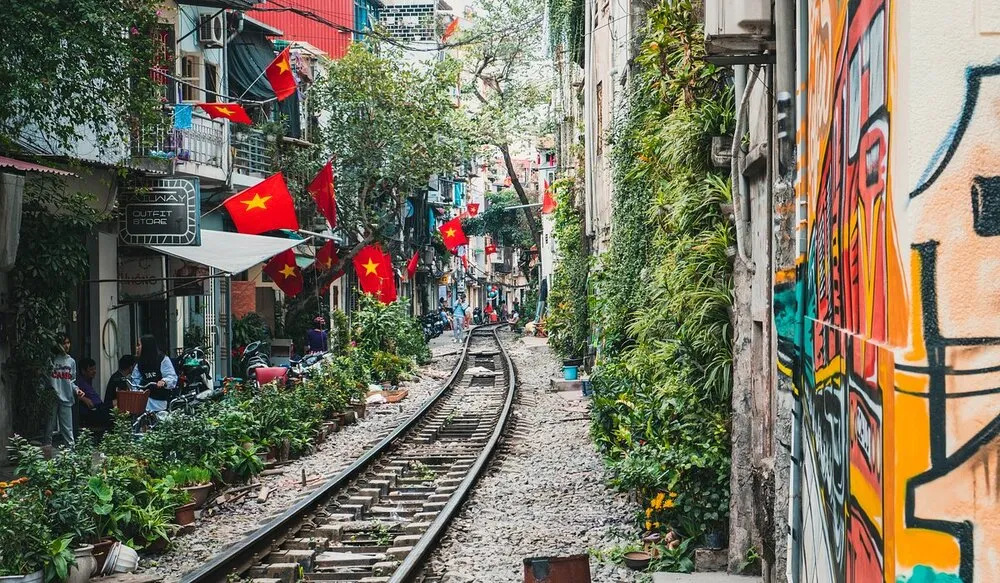
Step into Hanoi, Vietnam’s captivating capital, where charming chaos reigns supreme. You will navigate the narrow alleyways bursting with life, sipping rich egg coffee at a roadside cafe, or marveling at elegant French colonial architecture. The air buzzes with the symphony of motorbikes, creating an electric atmosphere you won't find anywhere else. Don't miss a tranquil stroll around Hoan Kiem Lake, getting wonderfully lost in the labyrinthine Old Quarter, and indulging in a bowl of famous bun cha (grilled pork noodles) – a true taste of Hanoi.
Halong Bay
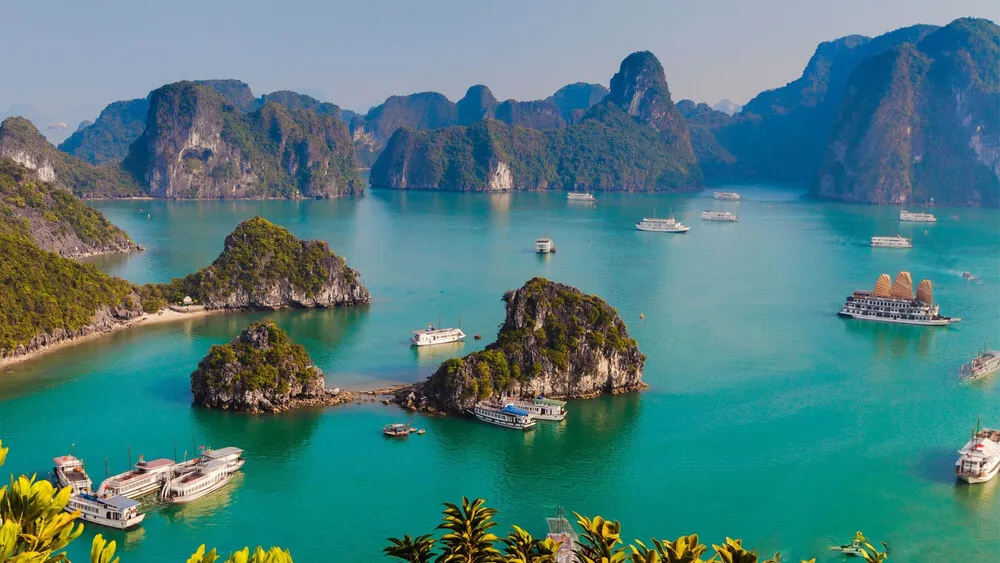
Halong Bay is a UNESCO World Heritage Site that truly lives up to its legendary status. The best way to soak in this natural masterpiece is an overnight cruise, offering breathtaking views, opportunities for kayaking through hidden lagoons, swimming in secluded coves, or even trying your hand at squid fishing under a starry sky.
>> See the list of the best Halong Bay cruises with real-time prices
Ninh Binh
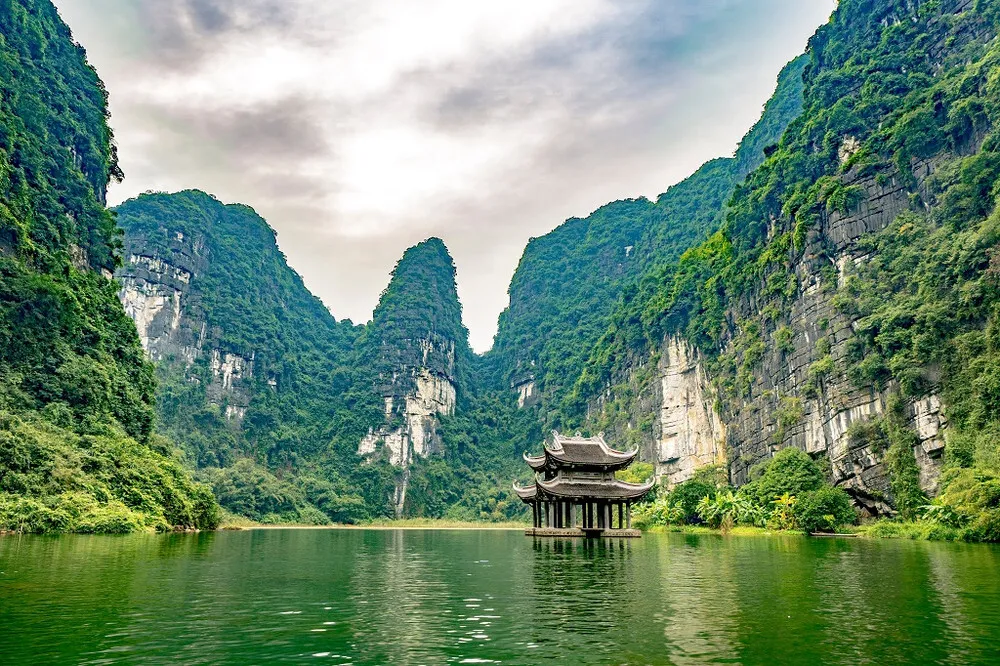
Just a short journey from Hanoi lies Ninh Binh, often affectionately called "Halong Bay on land" Its beauty is equally staggering, featuring dramatic karst cliffs rising from peaceful rice paddies. This tranquil haven is perfect for leisurely bicycle rides, serene boat trips through incredible caves, and exploring ancient temples nestled amidst the landscape. It's a chance to connect with Vietnam's natural beauty in a more intimate setting.
Mai Chau and Pu Luong
If you're seeking a quieter, more immersive experience away from the bustling cities, Mai Chau and Pu Luong offer a perfect escape into rural northern Vietnam. Just a few hours from Hanoi, these serene regions are home to vibrant minority villages, breathtaking terraced rice fields, and gentle mountain landscapes. Here, you can hike through stunning scenery, bike along peaceful trails, and even stay in traditional stilt houses – all while enjoying a slower, more authentic pace of travel that connects you deeply with local life and culture.
Hue
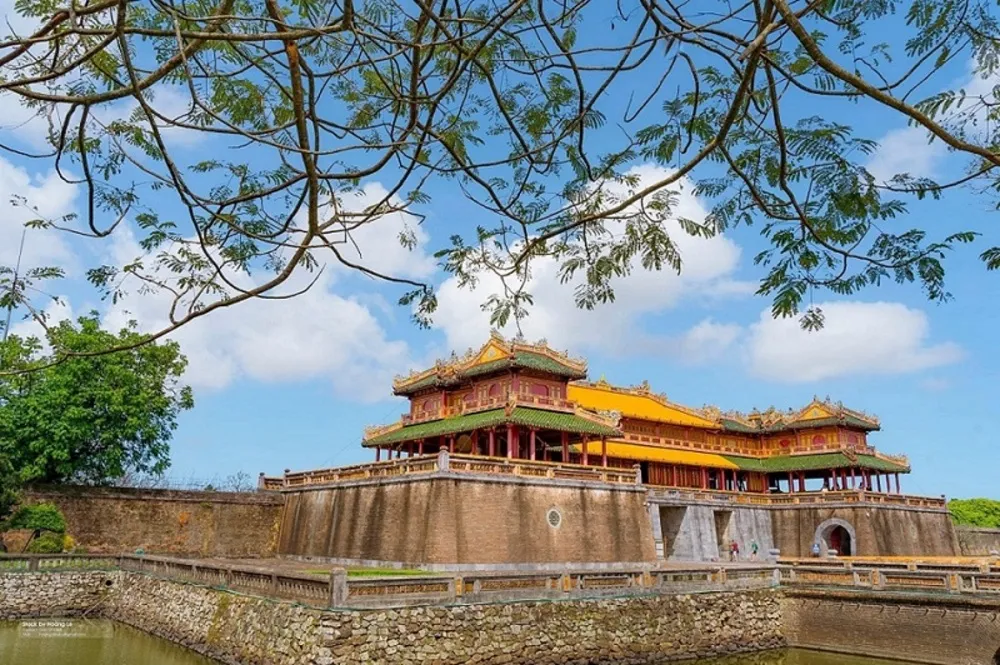
Journey just north of Hoi An to Hue, Vietnam's former imperial capital. History buffs and architecture enthusiasts will be captivated by the majestic Citadel, the elaborate royal tombs, and the serene pagodas scattered throughout the city. Hue offers a profound glimpse into Vietnam's rich dynastic past, making it an essential stop for those curious about the country's regal heritage.
Da Nang
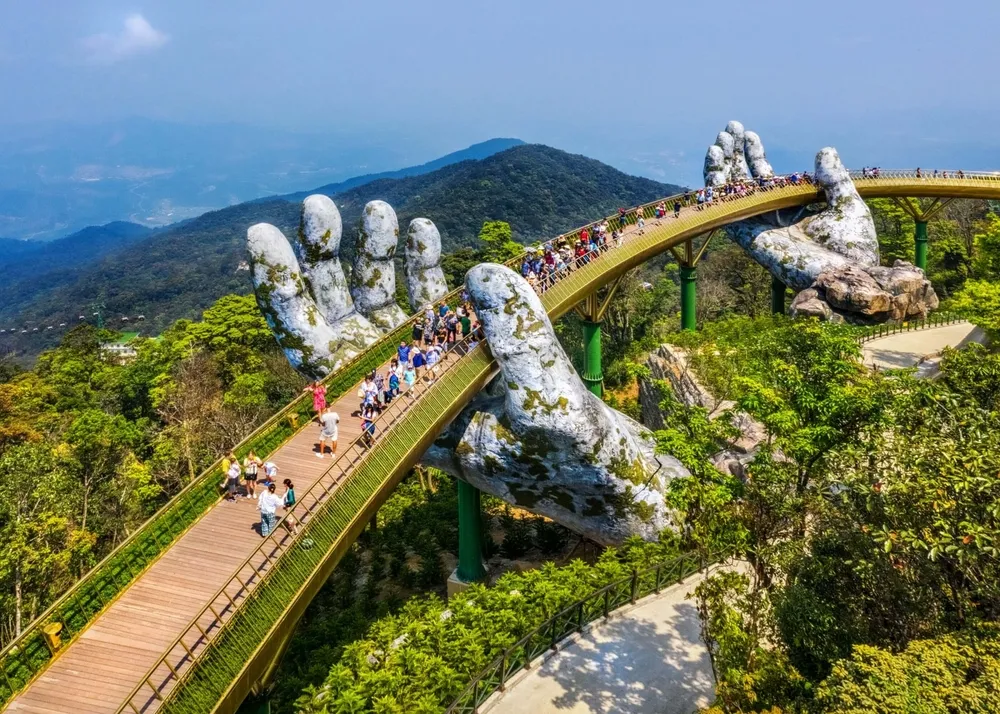
Da Nang - a dynamic, modern city boasting long, pristine beaches - has many striking landmarks. Explore the mystical Marble Mountains, or marvel at the iconic Golden Bridge, famously held aloft by giant stone hands—a truly unique photo opportunity! Da Nang also serves as an excellent base for various exciting day trips, making it a convenient and vibrant addition to your itinerary.
Ho Chi Minh City
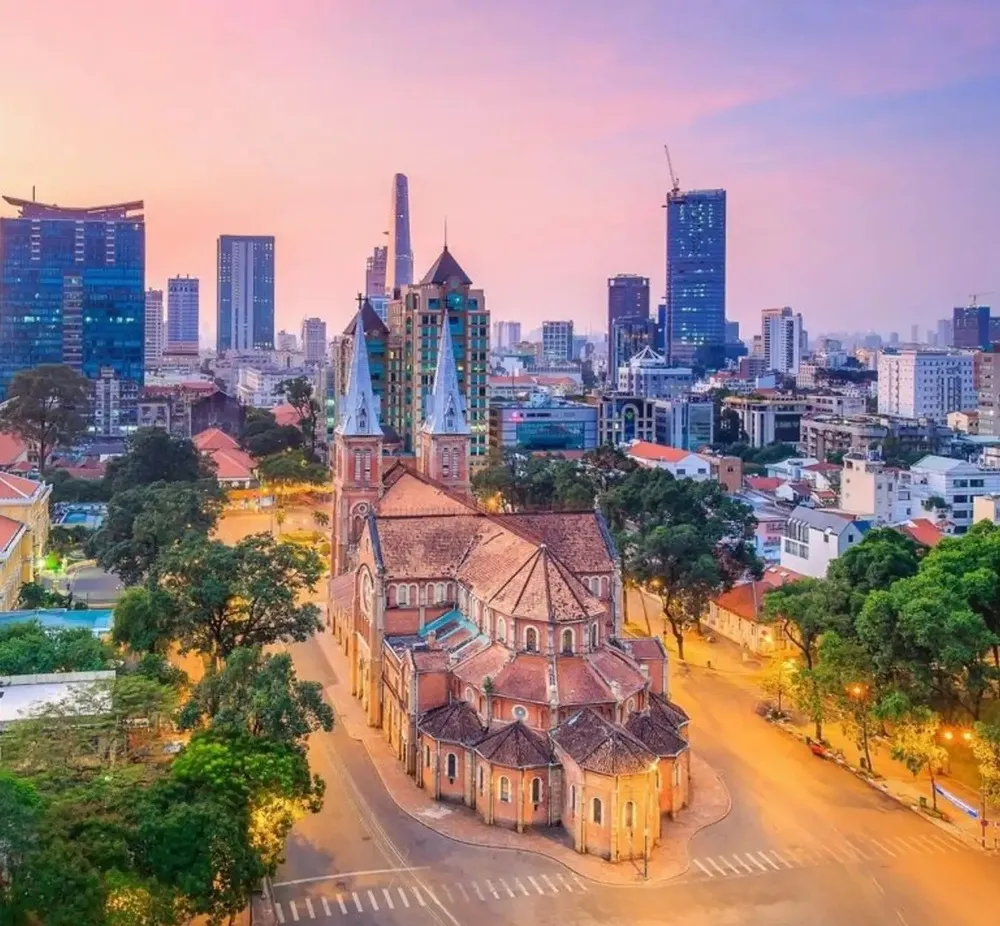
Ho Chi Minh City, also known as Saigon, is Vietnam’s largest and most vibrant metropolis. It's a city of thrilling contrasts: sleek rooftop bars overlooking bustling street food stalls, and luxury malls alongside vibrant open-air markets. Dive deep into its history at the thought-provoking War Remnants Museum, hunt for treasures at the iconic Ben Thanh Market, and most importantly, embark on a food tour to truly savor the city's incredible culinary scene.
Mekong Delta
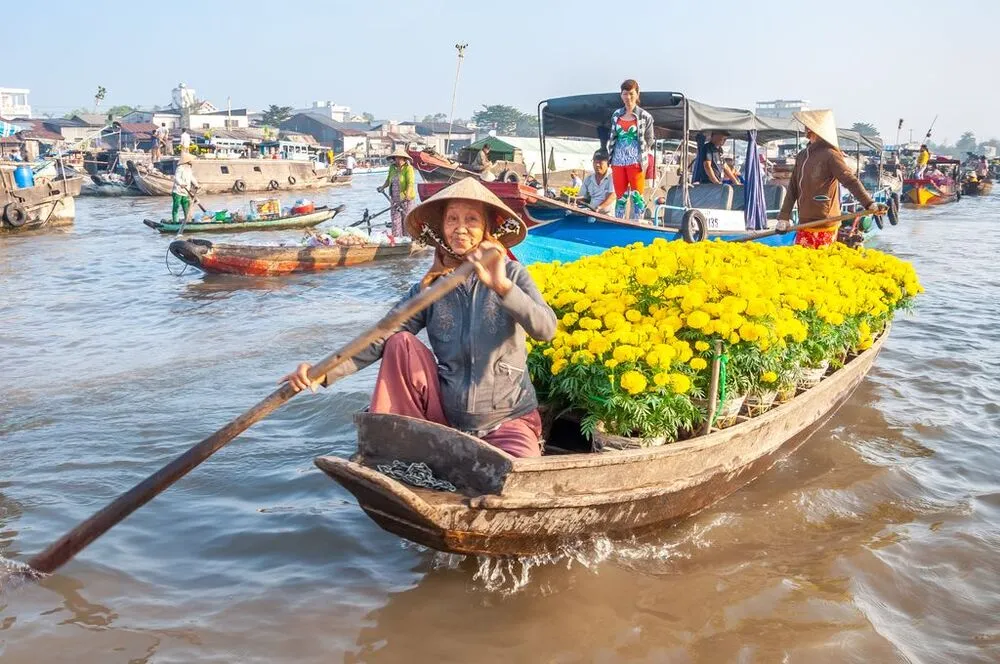
For a complete change of pace from city life, venture into the Mekong Delta, a mesmerizing maze of rivers, canals, and lush greenery. This unique region is famous for its lively floating markets and charming small villages. Take a captivating boat trip to explore local farms, interact with friendly locals, and discover a truly authentic side of Vietnamese life that moves to the rhythm of the river.
See more: The ultimate guide to visit the Mekong Delta
Phu Quoc Island
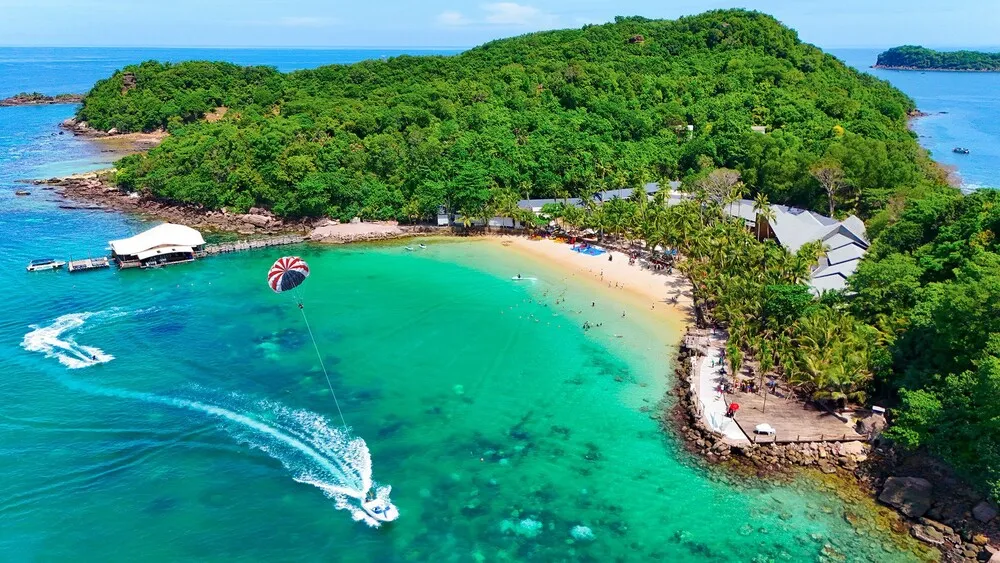
If you're dreaming of sun, sand, and turquoise waters, Phu Quoc Island is your perfect tropical paradise. Located off the southwest coast, this idyllic island boasts pristine white sand beaches, fantastic snorkelling opportunities, and a selection of laid-back resorts. It’s the ultimate spot to unwind, recharge, and end your Vietnamese adventure with a blissful dose of island time.
5. Vietnam itinerary for Canadian travellers
If it’s your first time visiting Vietnam, and you’ve got around two weeks to explore, we would like to suggest a route that balances culture, nature, food, and relaxation — without feeling rushed. Here’s a sample 14-day itinerary that covers the highlights while still giving you time to breathe.
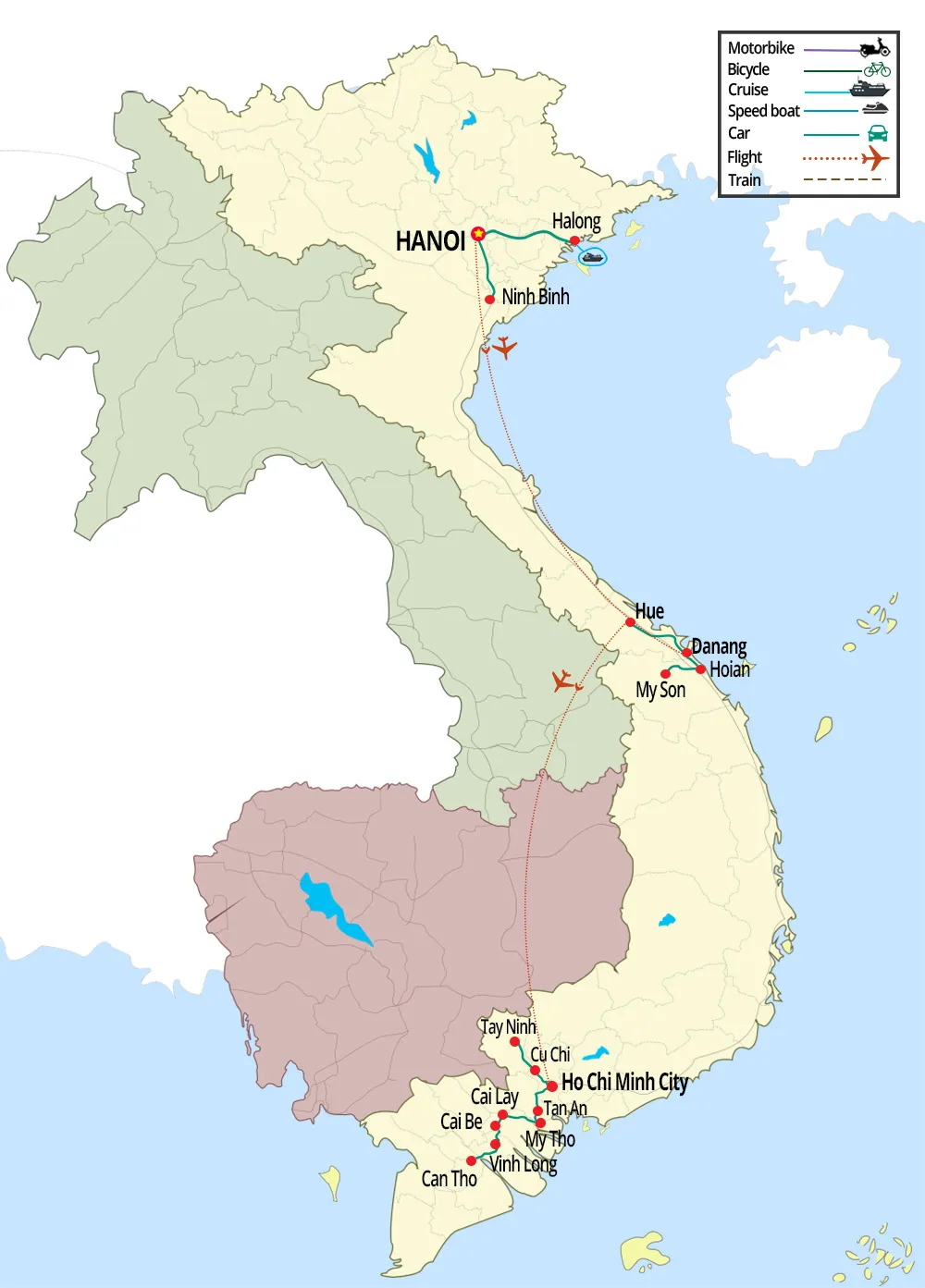
Days 1–3: Hanoi
Start in the capital. Explore the Old Quarter, visit the Ho Chi Minh Mausoleum, and soak up the street food scene. Take it easy on day one to adjust to the time difference as we know there’s a 12-hour gap from most of Canada.
Take a day trip to Ninh Binh on day 3. (optional)
Days 4–5: Halong Bay - Travel to Hoi An (via Da Nang)
Take a 2-day, 1-night cruise through Halong Bay. It’s the perfect mix of sightseeing and relaxation. Most cruises include meals, kayaking, and stops at caves or floating villages. Return to Hanoi and fly to Da Nang, then transfer to Hoi An (about 45 minutes by car).
Day 6-8: Hoi An
Use Hoi An as a base. Stroll through the ancient town, get custom clothes made, bike through rice fields, or take a cooking class. An Bang Beach is perfect for a beach break nearby.
Day 9-10: Hue - Travel to Ho Chi Minh City
Take the scenic coastal drive or train from Hoi An to Hue, Vietnam’s former imperial capital. Visit the Imperial City (Citadel), royal tombs, riverside pagodas and long-standing handicraft villages. It’s a slower-paced city with deep cultural roots — ideal for a day of historical sightseeing before heading south.
Fly from Da Nang to Ho Chi Minh City. Settle in and explore the night markets or take a rooftop cocktail break above the chaos.
Day 11-12: Ho Chi Minh City + Cu Chi Tunnels
Visit the city's key sites like the War Remnants Museum and Reunification Palace, then take a half-day trip to the Cu Chi Tunnels to learn more about Vietnam’s war history.
Day 13-12: Mekong Delta or Phu Quoc
Wrap up your trip with something slower such as Mekong Delta or Phu Quoc Island. Take a boat through canals and visit floating markets and villages. If you are into more beautiful beaches and have a bit more time, fly down for sunshine, seafood, and beach time.
6. How much does a Vietnam trip cost?
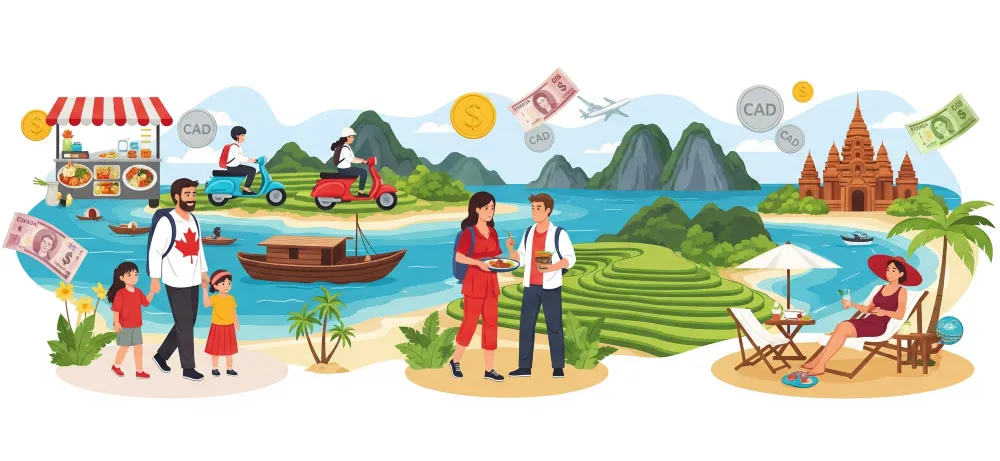
One of the biggest perks of travelling to Vietnam is how far your money goes — especially coming from Canada. It’s very possible to have an incredible trip without blowing your budget. Here’s a rough breakdown of what you can expect to spend, depending on your travel style.
Flights
Round-trip flights from Canada usually cost between 1,100 and 1,700 CAD, depending on your departure city, time of year, and how early you book. This will likely be your biggest expense.
Accommodation
Vietnam has something for every budget:
- Budget (hostels, guesthouses): $20–$30 CAD per night
- Mid-range (boutique hotels, 3-star stays): $45–$90 CAD per night
- Luxury (resorts, high-end hotels): $120+ CAD per night
Places like Hoi An and Hue offer particularly good value for boutique stays and homestays.
Food and drink
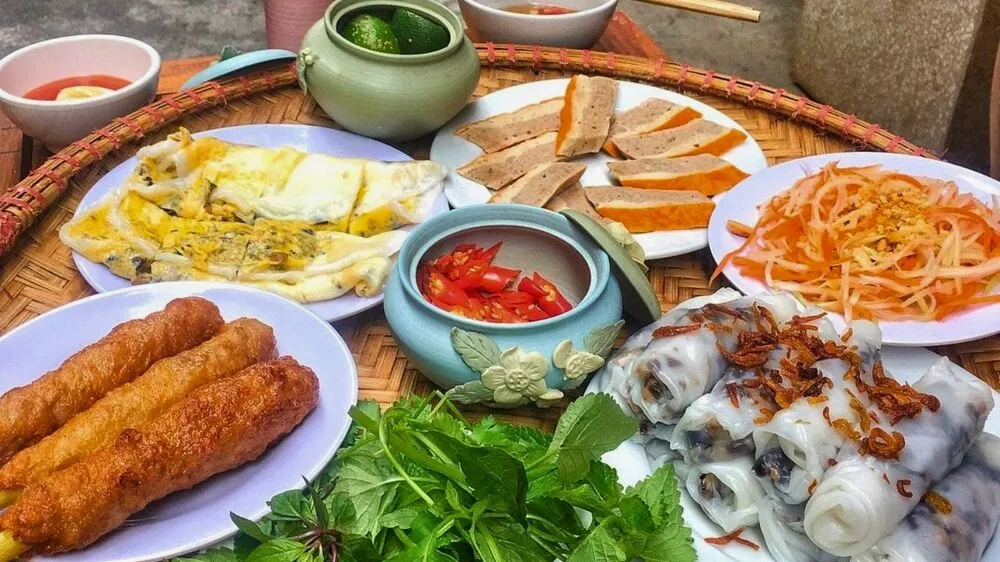
Eating out in Vietnam is incredibly affordable:
- Street food meal: $2–$5 CAD
- Sit-down local restaurant: $10–$15 CAD
- Western-style restaurants or high-end dining: $18–$30 CAD+
- Coffee or beer: $2–$4 CAD
You’ll find some of the best meals on plastic stools by the roadside — and they’ll be among the most affordable, too.
Activities and tours
You can expect a wide range of activities:
- Halong Bay overnight cruise: $120–$250 CAD
- Cooking class in Hoi An: $40–$60 CAD
- Cu Chi Tunnels tour: $30–$40 CAD
- Entrance to historical sites: $2–$10 CAD each
Total budget estimate for 2 weeks (per person):
- Budget trip: $2,300–$2,800 CAD
- Mid-range trip: $3,200–$4,500 CAD
- Luxury trip: $5,000+ CAD
These estimates include flights, accommodation, food, activities, and domestic transport. Travel insurance and shopping would be extra.
Explore Vietnam tours w/ price
7. Essential travel tips for Canadians visiting Vietnam
We would like to suggest some key tips to help you avoid common mistakes, stay safe, and get the most out of your Vietnam trip.
Stay connected easily
Pick up a local SIM card with a data plan when you arrive — it’s cheap (around $10–$15 CAD for a month) and reliable. You can buy one at major airports or local convenience stores. Viettel, Mobifone, and Vinaphone are the most popular providers.
Cash is king
Vietnam is still largely a cash-based society, especially outside big cities. ATMs are easy to find, and most accept Canadian bank cards. Always carry small denominations for street food, taxis, and markets. The currency is Vietnamese dong (VND) — and yes, you’ll be dealing in the thousands (100,000 VND is about $5–6 CAD).
Crossing the street is an art
Traffic in Vietnam, especially in cities like Hanoi and Ho Chi Minh City, can look wild. The key is to walk slowly and steadily — don’t run or stop suddenly. Motorbikes will weave around you (really!).
Don’t forget health basics
- Bring insect repellent, especially if you’re visiting rural or coastal areas.
- Tap water isn’t safe to drink — stick to bottled or filtered water.
- Pack sunscreen, hand sanitiser, and basic meds for stomach upsets.
- Consider travel insurance that covers medical care and emergency evacuation — just in case.
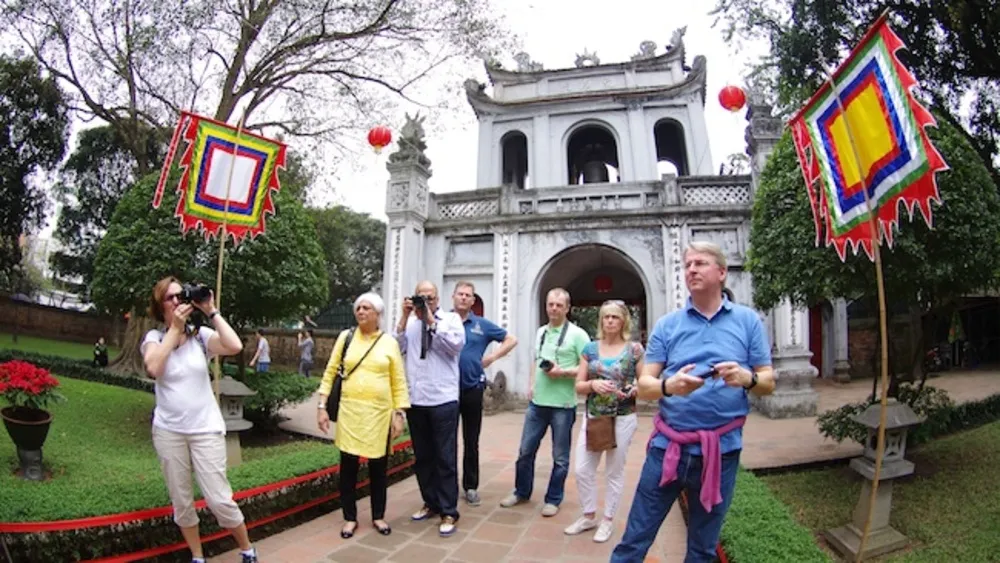
Dress respectfully at temples
When visiting pagodas or religious sites, cover your shoulders and knees. Bring a light scarf or wear longer clothes to be respectful — even in the heat.
Final tip: keep it flexible
Vietnam has a way of surprising you — a detour turns into a highlight, or a casual food stall serves the best meal of your trip. Leave some breathing room in your itinerary to explore at your own pace.
See more: Vietnam manners - dos and don'ts in Vietnam
Planning a Vietnam trip from Canada might feel like a lot at first — visas, weather, flights, routes — but once you break it down, it’s absolutely doable. And totally worth it.
Whether you’re into buzzing cities, scenic coastlines, street food, or cultural landmarks, Vietnam delivers. With the right prep and a bit of flexibility, you’ll come home with stories, photos, and memories that go way beyond the typical holiday.
If you’d rather skip the stress of planning and make sure you don’t miss a thing, consider booking with a local travel expert like IZITOUR. A local travel agency will help you build a customised itinerary, handle the logistics, and give you access to authentic experiences you’d probably miss on your own.
Let someone who knows Vietnam inside out take the reins — so you can focus on enjoying every moment.
See more:









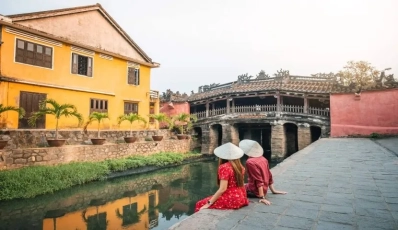

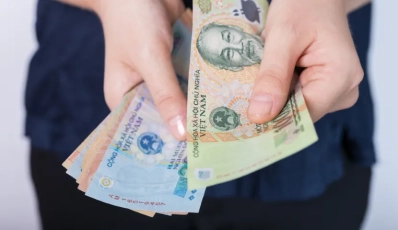
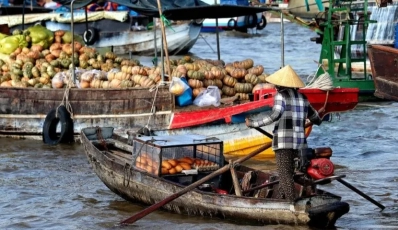
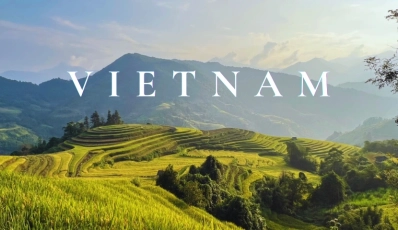

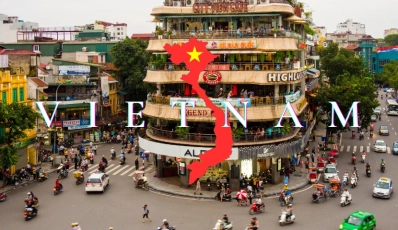
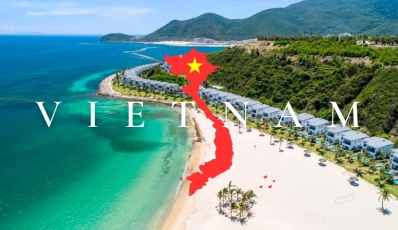

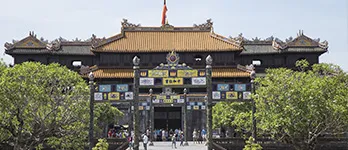
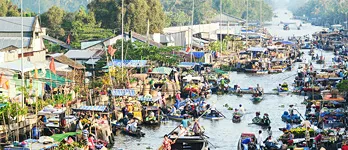

 TRAVELERS' CHOICE 2025
TRAVELERS' CHOICE 2025 